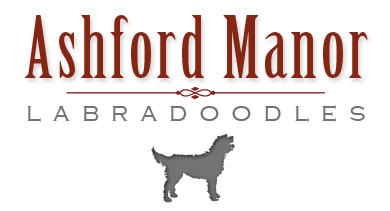Did you know you may be giving your dog more commands than you ever realized? We often think training is all about spoken words like “sit” or “stay.” But dogs are masters at reading our body language — often better than they hear our words!
They pick up on things we don’t even notice: a raised eyebrow, a shift in weight, or the way our shoulders lean. These small cues can become signals your dog learns to follow, sometimes without you ever teaching them on purpose.
Subtle Cues Dogs Notice
• Hand Gestures: Even when you don’t intend it, a lifted hand or open palm can tell your pup to pause or sit.
• Eye Movements: Dogs often follow where your eyes go. A glance toward the floor might make them check for food or a toy.
• Shoulder Turns: A slight turn of your shoulders can look like an invitation to follow, while angling away might mean “stay.”
• Weight Shifts: Leaning forward often encourages a dog to move toward you, while leaning back signals them to wait.
• Facial Expressions: Smiles, frowns, and even raised eyebrows can set the tone for how your pup responds.
Try This Awareness Game
Want to test how tuned-in your dog is? Stand quietly in front of your doodle without saying a word and try:
1. Shift your weight forward slightly — does your pup step toward you?
2. Slowly raise one eyebrow or widen your eyes — do they react?
3. Turn your shoulders slightly to the side — will they follow?
4. Smile and see if their tail starts wagging faster!
It’s amazing how much your dog is watching, even when you’re silent.
Training Takeaway: Pair Words with Gestures
Since your dog is already tuned in to your body language, you can use this to your advantage in training. Consistency is key:
• When teaching “sit,” always pair the spoken word with the same hand gesture.
• If you use “stay,” combine it with a steady palm-out signal and a calm posture.
• For “come,” lean forward slightly while calling — your body movement reinforces the cue.
By intentionally pairing words with gestures, your dog learns faster and with less confusion. Over time, you may notice that your pup responds to the gesture alone! This not only makes training smoother but also strengthens the bond between you and your doodle.
Remember: clear, consistent communication — both spoken and unspoken — builds confidence in your dog and deepens trust.


Recent Comments